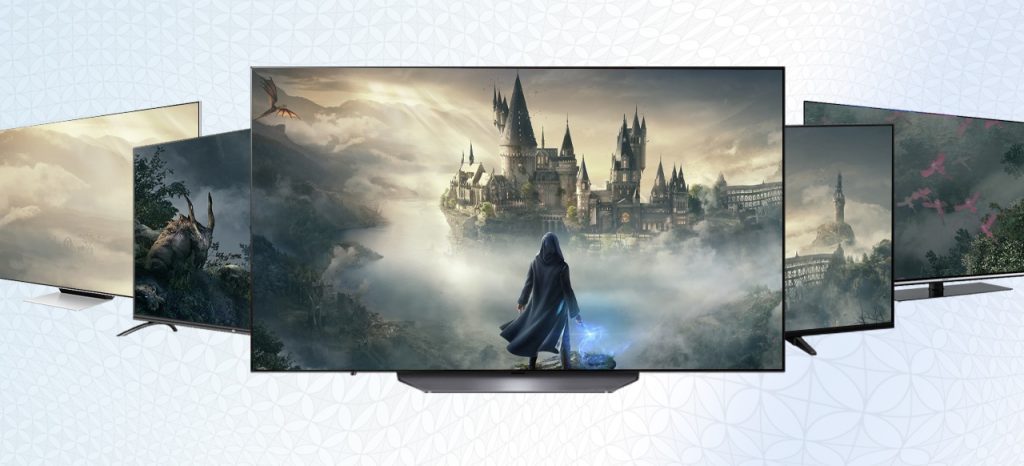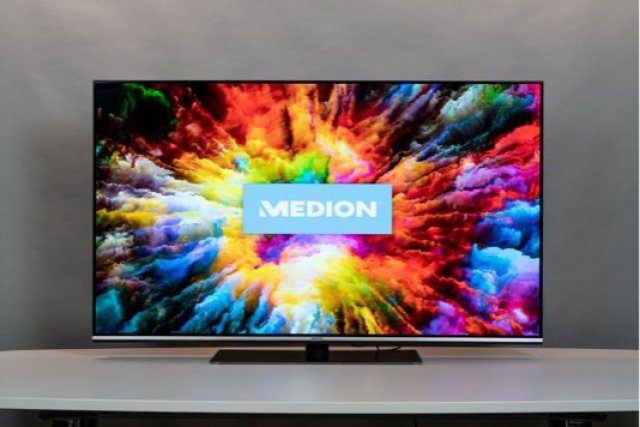Image quality: That’s what the technical measurements say
The differences are really big when it comes to color reproduction. Because not every TV is properly calibrated at the factory. This manifests itself in a distorted presentation of color, for example when skin tones appear reddish, the image is bluish cast or European coniferous forest glows green as the skin of a hull. The user can then painstakingly experiment with color settings, and professionals use measuring tools and software to perform the perfect calibration themselves.
The LG B2 (OLED55B29LA), Panasonic LXW944 and Samsung QN95B have nearly perfect color fidelity. With a Delta E average of 1.4 (LG and Panasonic) and 1.6 (Samsung), the colors barely deviate from the original. To clarify: the lower the value, the better. They do very well in Cinema Expert (LG) and Filmmaker (Samsung and Panasonic) modes. All other modes bring paler or brighter colors, cooler whites or brighter image, but distort the color representation. The inexpensive model from OK was completely wrong with dE 6.9. The dreary desert landscape with brown-yellow nuances in Mad Max looks like a field of brilliant yellow rapeseed. Medion TV displays slight aberrations that make the picture appear bluish (dE 2.97).
color space in detail
In addition to color accuracy, color space is also important. The first is the ability to accurately display colors, and the second is the ability to display as many colors as possible. The rec.709 classic color space is enough for old movie material, TV and many games. Almost every TV covers about 98 to 99 percent. The extended DCI-P3 color space is a challenge. Bright, vibrant colors are especially used in HDR content. Rec.2020 color space is larger. It acts as a color space of the future, even modern TVs do not completely cover it.
The LG model, on the other hand, has DCI-P3 color mastery at 97% and Samsung at 95%. The cheaper Panasonic LXW944 scores 87.5%, while the Medion slightly beats that at 89.3%. The test lab was unable to demonstrate an extended color space for the OLED 55950UC-TAB from OK. In contrast, the scores score at a high contrast ratio of 4,879:1. With 7,672:1, Samsung gets a lot out of the LCD panel, but it lags behind TVs from Medion and LG, which deliver rich, ultra-high blacks thanks to OLED technology. . The LXW944 from Panasonic doesn’t show either. Black appears slightly gray, and its brightness is up to 0.6 cd/m² (cd/m²) measured – the value for OLEDs is 0 cd/m².

“Social media evangelist. Baconaholic. Devoted reader. Twitter scholar. Avid coffee trailblazer.”








More Stories
These brands are most vulnerable to phishing scams
Apple Maps Now Has a Web Version and Wants to Challenge Google Maps
Best AirDrop Alternatives for Android